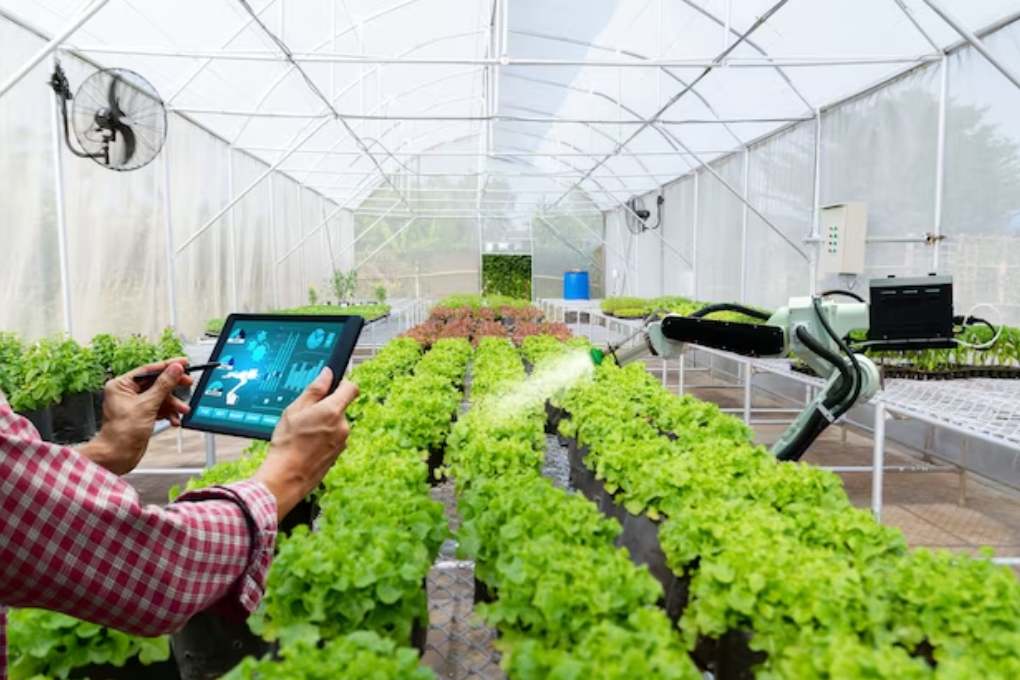Agriculture has always been an essential component of human civilization, providing essential food and resources necessary for survival. Over time, technological innovations have played a pivotal role in increasing agricultural efficiency. From the invention of the plow to modern machinery and data-driven solutions transforming agriculture practices, technology continues to revolutionize how we cultivate crops and raise livestock.
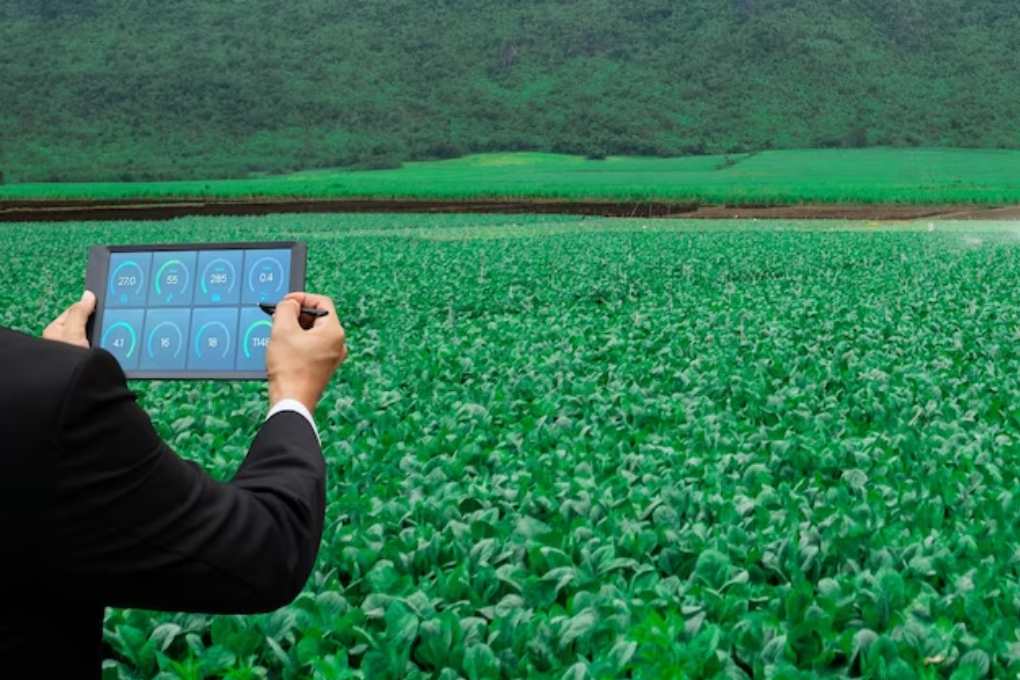
Precision Farming
One of the greatest advances in agriculture technology is precision farming. This approach utilizes tools, such as GPS, sensors, and drones, to optimize farm operations. With technology’s help, farmers can monitor crops carefully to ensure water, fertilizer, and pesticide resources are used efficiently while decreasing waste, increasing productivity, and decreasing their environmental impact.
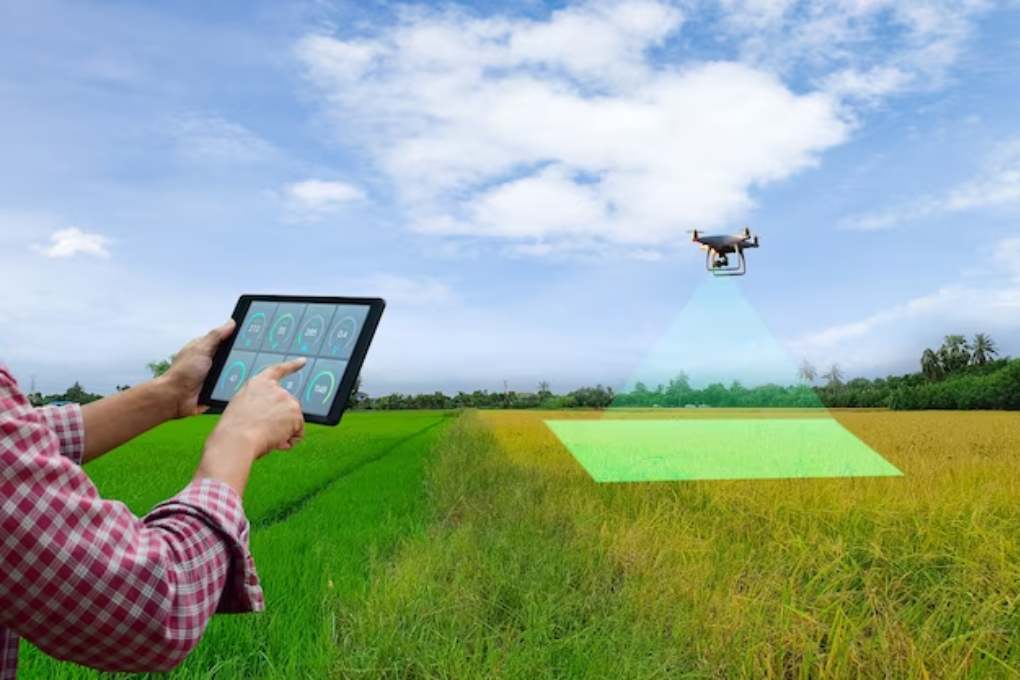
Sensors in the field can collect information on soil moisture levels, temperature, and nutrient content to provide valuable insight to farmers when it comes to making informed decisions about irrigation and fertilization practices. By only applying water and nutrients when necessary, farmers can maximize crop yields while conserving resources.
Automation and Robotics
Automation and robotics have revolutionized various industries, and agriculture is no exception. Modern farm equipment and machinery, including robotic milkers and automated planting systems, help farmers streamline labor-intensive tasks while increasing efficiency.
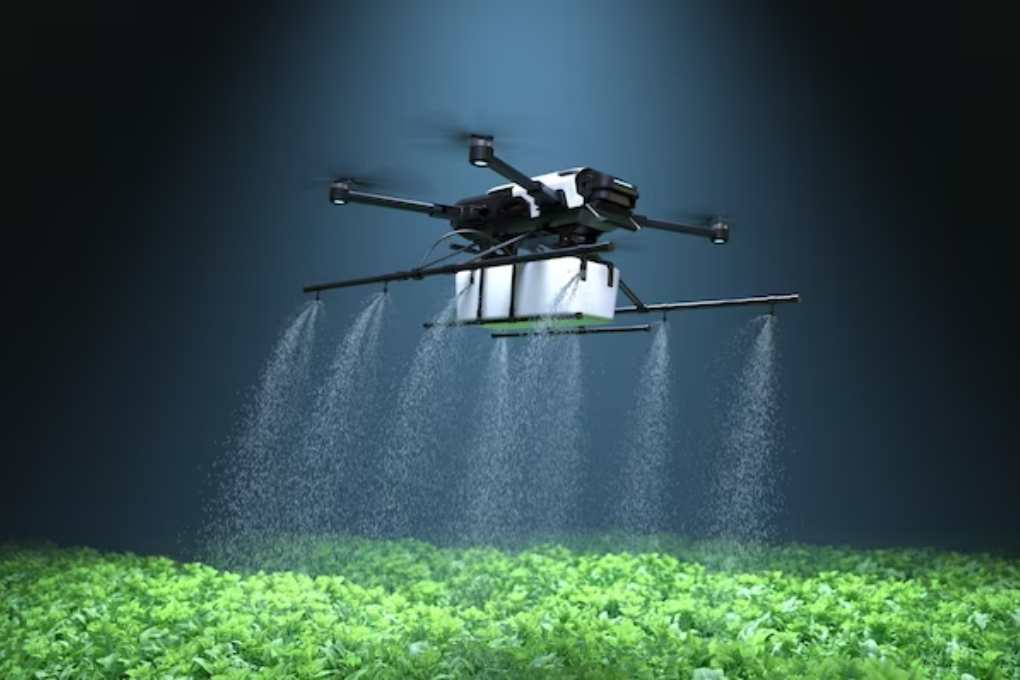
Robots have been shown to perform tasks with high levels of accuracy, minimizing human error while working around the clock to ensure human limitations don’t interfere with operations, which allows farmers to increase productivity and maximize output.
Internet of Things (IoT)
IoT (Internet of Things) technology has introduced farmers to new possibilities in agriculture. By connecting physical devices and sensors to the internet, farmers can collect real-time data remotely while monitoring farm operations, providing for improved decision-making and proactive management.

Farmers can utilize IoT devices to monitor livestock health and behavior. Sensors attached to animals can track vital signs, detect distress signals or illness signs quickly, and offer timely medical assistance as soon as necessary, potentially helping stop disease spread among their herd.
Data Analytics and Predictive Modeling
Agriculture now produces vast amounts of data that allow for data analytics and predictive modeling, giving farmers access to invaluable insight into crop performance, weather patterns, and market trends. By examining historical and real-time data, they can gain valuable information regarding crop health, weather patterns, and market fluctuations.

These data enable farmers to make evidence-based decisions, optimize planting and harvesting schedules, predict future yields, proactively manage risks, and plan for challenges, ultimately increasing efficiency and profitability.
Vertical Farming
Vertical farming is an innovative agricultural practice that utilizes technology to grow crops in vertically stacked layers. This practice reduces space waste while simultaneously making use of limited urban spaces by growing crops in vertically stacked layers.
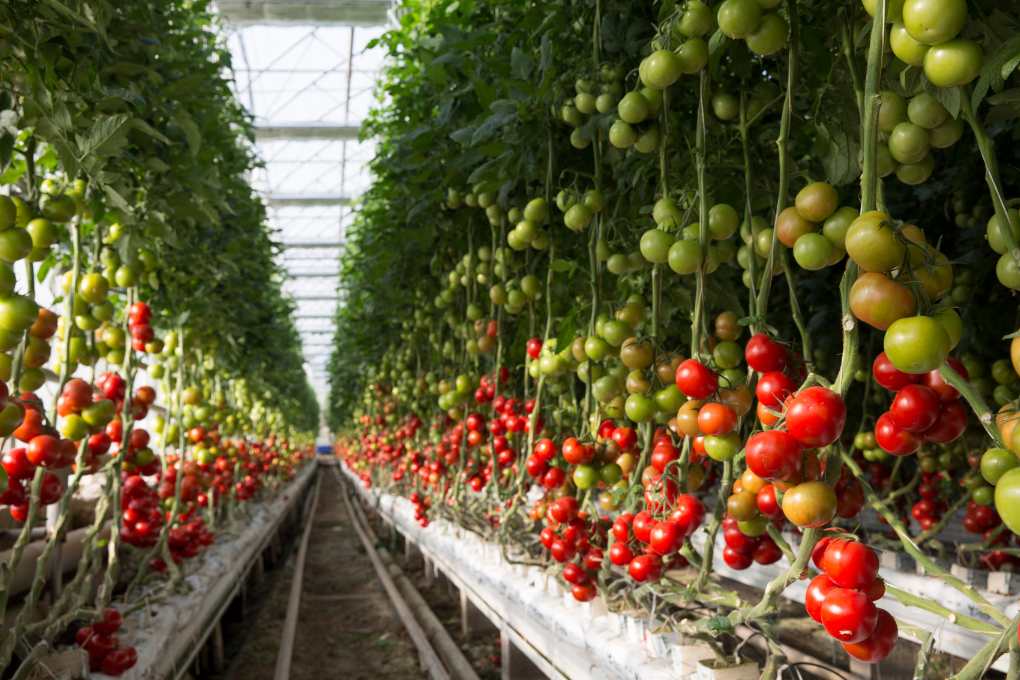
Vertical farms often rely on hydroponic or aeroponic systems for plant growth, using water or mist as the medium. LED lights provide photosynthesis-spectrum illumination. By controlling factors like temperature, light exposure, and nutrient levels and more efficiently allocating resources through this approach to farming, vertical farms can maximize plant growth for increased yields over conventional farming practices.
Conclusion
Technology continues to play an integral part in improving agricultural efficiency. Precision farming, automation and robotics, the Internet of Things, data analytics, and vertical farming are just some examples of how technological innovations are revolutionizing agriculture.
By adapting to these technological advancements, farmers can maximize their operations, increase productivity, and decrease waste while simultaneously decreasing their environmental impact. With technology always progressing forward, agriculture looks set for exciting times ahead, with even more innovative solutions awaiting discovery in its wake.

